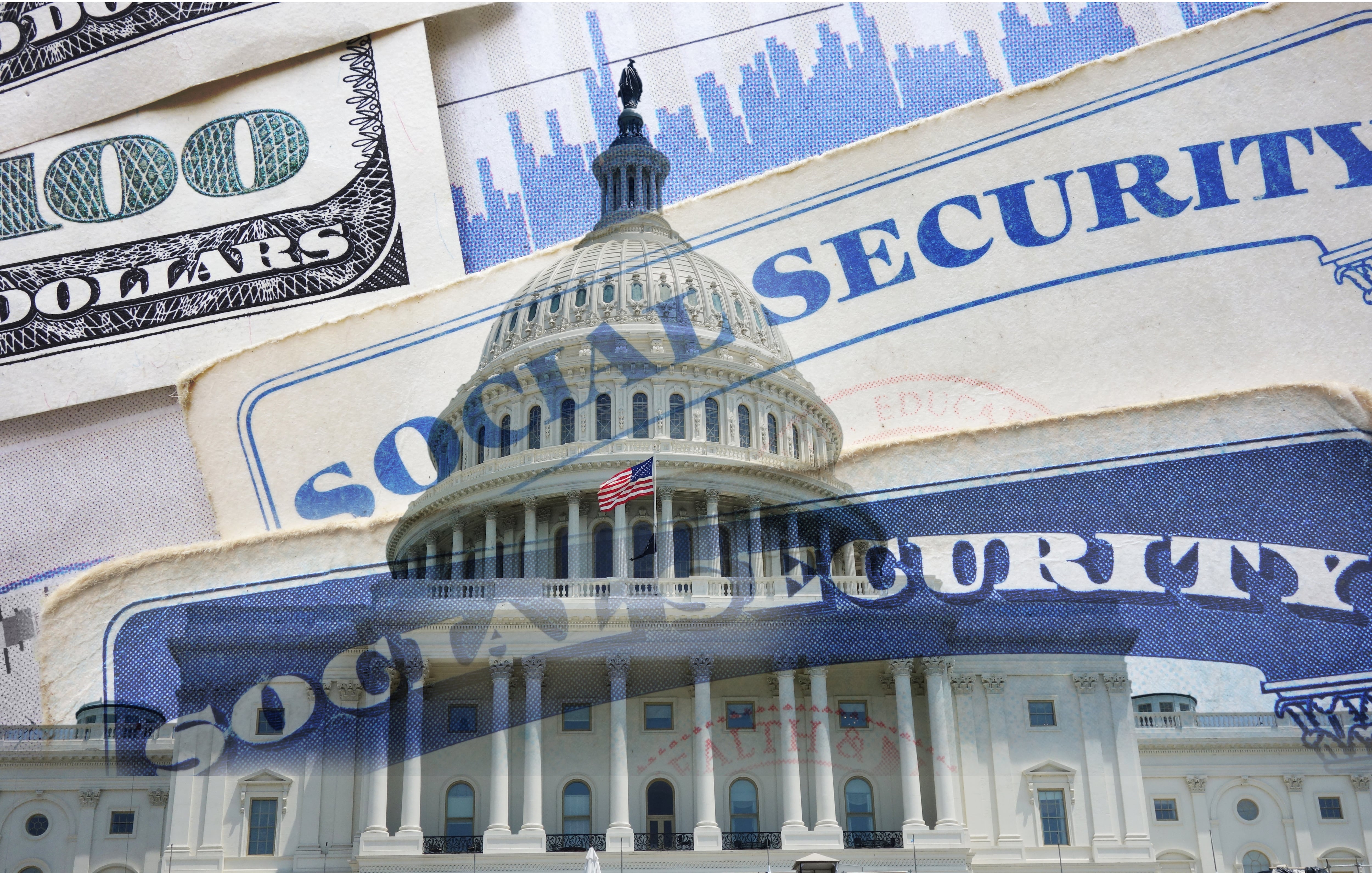Retirees from the federal government and military will see a much smaller cost-of-living adjustment to their Social Security benefits next year thanks to cooling inflation rates.
The Social Security Administration announced on Thursday that the COLA for 2024 will be 3.2%, which beneficiaries will see reflected in their statements come January. That means retirees would see an average increase of $59 each month, according to the AARP.
The adjustment is significantly less than last year’s, which at 8.7% was the largest bump in four decades following a period of high prices for consumer goods during the COVID-19 pandemic. About 7.7 million veterans and retirees receive some sort of stipend affected by the announcement, and Social Security benefits account for about 30% of income for people over the age of 65.
In May, Congress approved legislation guaranteeing that veterans receiving disability and support benefits will see the same cost-of-living boost in 2024 as Social Security recipients.
The move was non-controversial but required annually so veterans’ payouts will keep pace with other federal stipends. Military retirees will also see the same increase in their benefits.
COLAs are applied each year if there are changes to the Consumer Price Index for Urban Wage Earners and Clerical Workers, which tracks the costs of essential goods over time.
This year, financial advisers have said a smaller COLA is a good thing because it means inflation is trending down. Still, retirees and veterans should keep in mind that a COLA is not likely to completely counteract lingering high prices, especially for medical care, which has also become more expensive over the last decade.
“Those living off fixed incomes and retirement savings are some of the most vulnerable in our society to rising costs, and recent years of high inflation have placed a significant burden on retirees,” said William Shackelford, national president of the National Active and Retired Federal Employees Association, in a statement. “While inflation has cooled relative to recent years, the pain is still considerable.”
In years when there are no increases in the CPI-W, there are no adjustments, which underscores the fact that COLAs are not pay raises. They merely help retirement benefits keep pace with inflation.
Federal employees also may receive a smaller version of the increase if they are a part of the Federal Employee Retirement System, which covers most civil servants who were hired after 1983.
Those under FERS get the full amount if the CPI-W increase is less than 2%. If it increased between 2% and 3%, the COLA is a flat rate of 2%. If it increased more than 3%, the COLA is the value of the CPI-W minus one.
Social Security begins notifying people about their new benefit amount by mail starting in early December. Individuals who have a personal my Social Security account can view their COLA notice online, the agency said.
Molly Weisner is a staff reporter for Federal Times where she covers labor, policy and contracting pertaining to the government workforce. She made previous stops at USA Today and McClatchy as a digital producer, and worked at The New York Times as a copy editor. Molly majored in journalism at the University of North Carolina at Chapel Hill.
Leo covers Congress, Veterans Affairs and the White House for Military Times. He has covered Washington, D.C. since 2004, focusing on military personnel and veterans policies. His work has earned numerous honors, including a 2009 Polk award, a 2010 National Headliner Award, the IAVA Leadership in Journalism award and the VFW News Media award.





